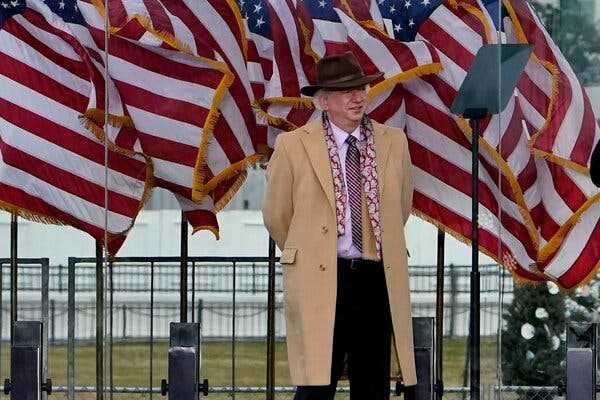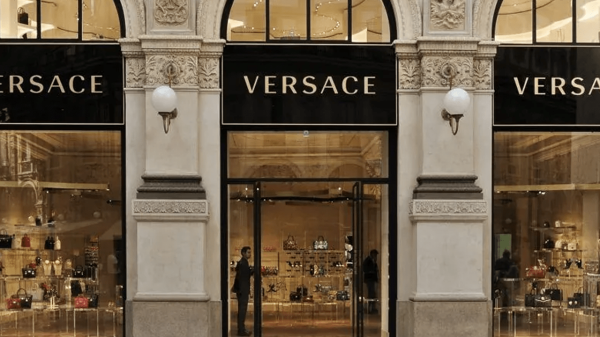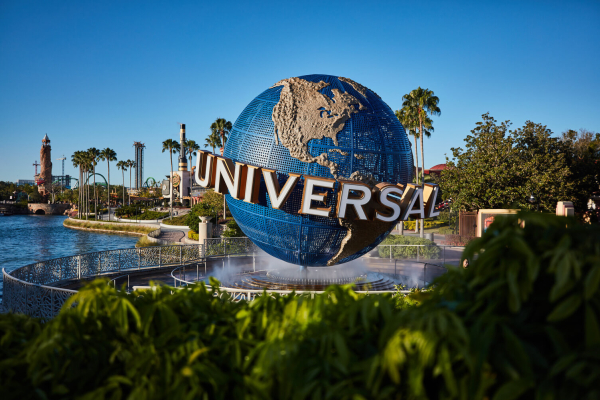John Eastman said in a court filing that he had received handwritten notes from President Donald J. Trump as they strategized about how to keep him in power.
-
Send any friend a story
As a subscriber, you have 10 gift articles to give each month. Anyone can read what you share.
Give this articleGive articleGive this storyGift this article
- Read in app

John Eastman at a rally in Washington on Jan. 6, 2021. A new court filing underscored how instrumental he was in devising ways to fight Joseph R. Biden Jr.’s victory in the 2020 election.
WASHINGTON — The conservative lawyer John Eastman, the architect of a strategy to overturn the 2020 election, dealt directly with President Donald J. Trump and received handwritten notes from him as the men sought to keep Mr. Trump in power, according to a new court filing.
The filing underscored how instrumental Mr. Eastman was in devising ways to fight Joseph R. Biden Jr.’s victory, and how personally involved Mr. Trump was in the attempt to keep the presidency in his hands. It also provided further documentation of how members of the Trump campaign and White House aides were involved in the plans.
The filing came as the House committee investigating the Jan. 6 attack on the Capitol is preparing for public hearings in June about the attempt to overturn the election, and as more information has emerged about Mr. Eastman’s role in advising state officials in Pennsylvania to reject votes cast in favor of Mr. Biden.
Mr. Eastman did not release the contents of his communications with Mr. Trump and others in the White House and the Trump campaign, but he described them in general terms in a filing in his federal lawsuit in California against the House committee. He is fighting the release of hundreds of documents that the panel has demanded via subpoena, including by arguing that some of them are protected by attorney-client privilege.
In the filing on Thursday, Mr. Eastman argued that some of his emails with the White House and Trump campaign were covered by attorney-client privilege because, he said, the people he communicated with were functioning as “conduits” for or “agents” of Mr. Trump. He said he mostly communicated with Mr. Trump using six intermediaries, three of whom worked for the Trump campaign and three of whom worked directly for Mr. Trump while he was in office.
But Mr. Eastman said he also spoke directly to Mr. Trump, and the filing stated that Mr. Eastman received two “handwritten notes from former President Trump about information that he thought might be useful for the anticipated litigation.”
“While Dr. Eastman could (and did) communicate directly with former President Trump at times, many of his communications with the president were necessarily through these agents,” Mr. Eastman’s lawyer, Charles Burnham, wrote, referring to the six intermediaries.
The documents Mr. Eastman is seeking to block from release include the two handwritten notes from Mr. Trump; communications with what he called “potential clients,” including seven state legislators, who were seeking advice about how to challenge their states’ election results; a document discussing “various scenarios for Jan. 6”; and another discussing the “need to pursue election integrity litigation even in the event of Trump loss for the good of the country.”
In March, the federal judge in the case ruled that Mr. Eastman and Mr. Trump had most likely committed felonies as they pushed to overturn the election, including obstructing the work of Congress and conspiring to defraud the United States. The actions taken by Mr. Trump and Mr. Eastman, the judge found, amounted to “a coup in search of a legal theory.”
At the time, the judge, David O. Carter of Federal District Court for the Central District of California, ordered the release of more than 100 of Mr. Eastman’s emails; Mr. Eastman turned them over to the House committee as he continued to fight the release of others.
Among the documents that Mr. Eastman turned over was a draft memo written for Rudolph W. Giuliani, Mr. Trump’s personal lawyer, that recommended that Vice President Mike Pence reject electors from contested states in his role overseeing the certification by Congress of the Electoral College results on Jan. 6.
In his filing, Mr. Burnham wrote that Mr. Eastman disagreed with Judge Carter’s conclusion that his client had undermined democracy, arguing that Mr. Eastman truly believed the election was stolen. The filing cited the work of conservative media figures — including the new film “2000 Mules” by Dinesh D’Souza, which fact checkers have described as misleading — as evidence that widespread fraud occurred in the election.
“If, as seemed clear to Dr. Eastman and his client at the time, there was illegality and fraud in the election of sufficient magnitude to have altered the outcome of the election, then far from ‘undermining’ democracy, Dr. Eastman’s actions and advice must be seen for what they were — a legitimate attempt to prevent a stolen election,” Mr. Burnham wrote. “Perhaps Dr. Eastman was wrong about that. But even if he was, being wrong about factual claims is not and never has been criminal.”
He added, “Dr. Eastman’s position remains that his legal theories, controversial though they may have been, were not unlawful.”
In the filing, Mr. Eastman said he began working for Mr. Trump two months before the 2020 election at the invitation of Cleta Mitchell, a lawyer who the Jan. 6 committee said “promoted false claims of election fraud to members of Congress” and participated in a call in which Mr. Trump tried to pressure Georgia’s secretary of state to “‘find’ enough votes to reverse his loss there.”
Mr. Eastman, Ms. Mitchell and others began preparing to fight the election results even before Election Day, but the effort “kicked into high gear” on Nov. 7 — four days after the election — when Mr. Eastman met with Mr. Trump’s campaign team in Philadelphia to assist with the preparation of an election challenge, the filing said.
In deciding in March that Mr. Trump and Mr. Eastman had “more likely than not” broken the law, Judge Carter noted that Mr. Trump had facilitated two meetings involving Mr. Eastman in the days before Jan. 6 that were “explicitly tied to persuading Vice President Pence to disrupt the joint session of Congress.”
At the first meeting, on Jan. 4, Mr. Trump and Mr. Eastman invited Mr. Pence and two of his top aides, Greg Jacob and Marc Short, to the Oval Office. There, Judge Carter wrote, Mr. Eastman “presented his plan to Vice President Pence, focusing on either rejecting electors or delaying the count.”
That meeting was followed by another, Judge Carter wrote, on Jan. 5, during which Mr. Eastman sought again to persuade Mr. Jacob to go along with the scheme.
Source: nytimes.com



